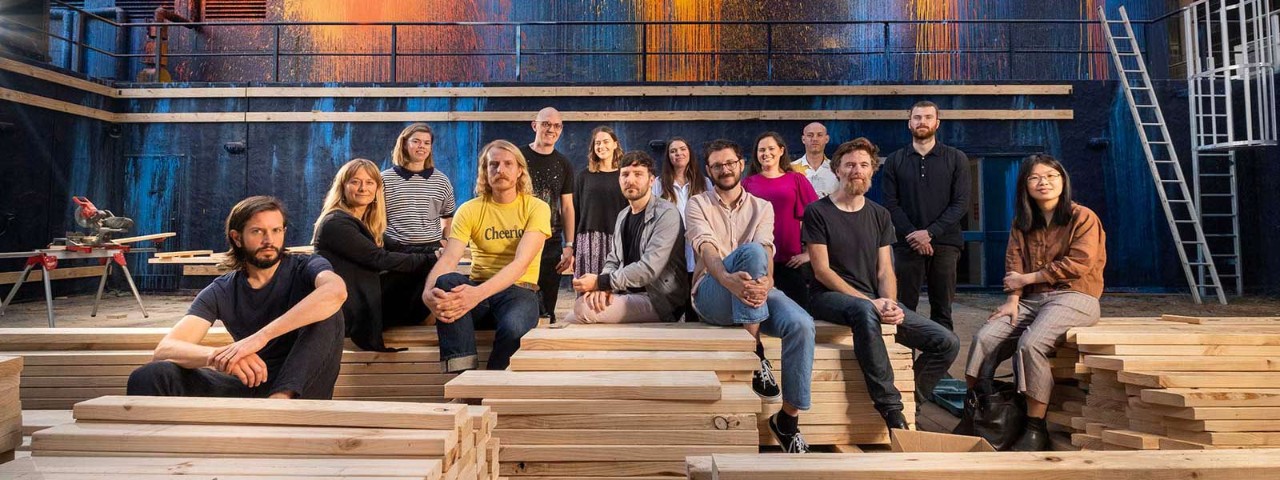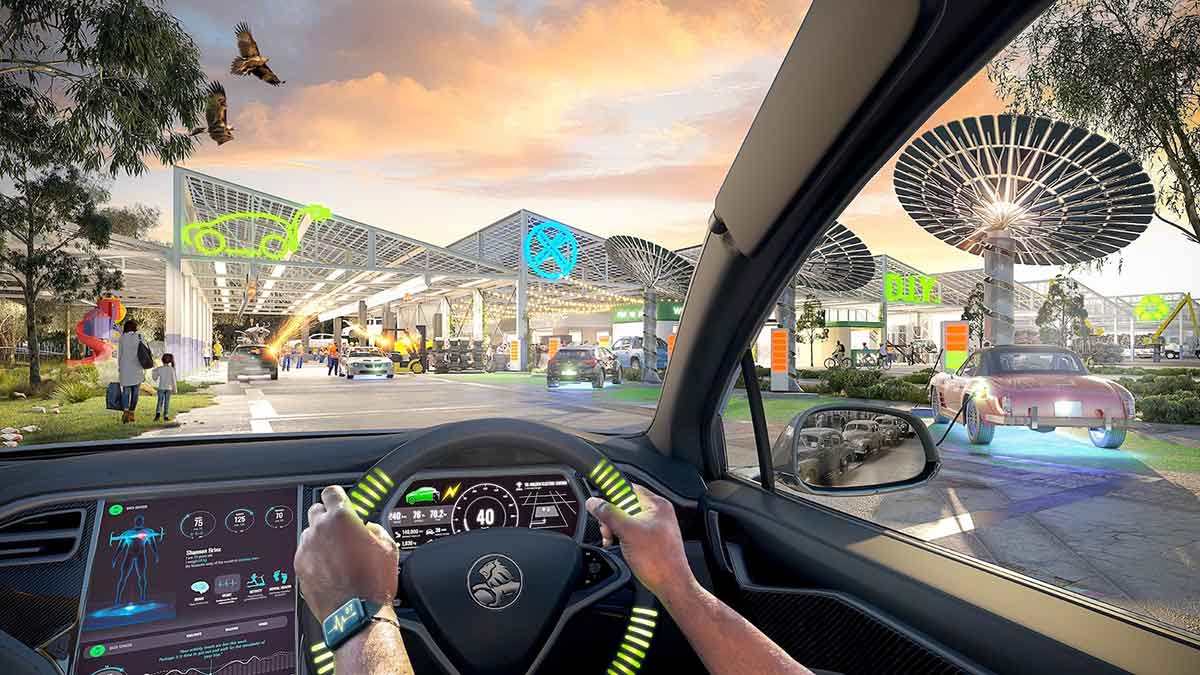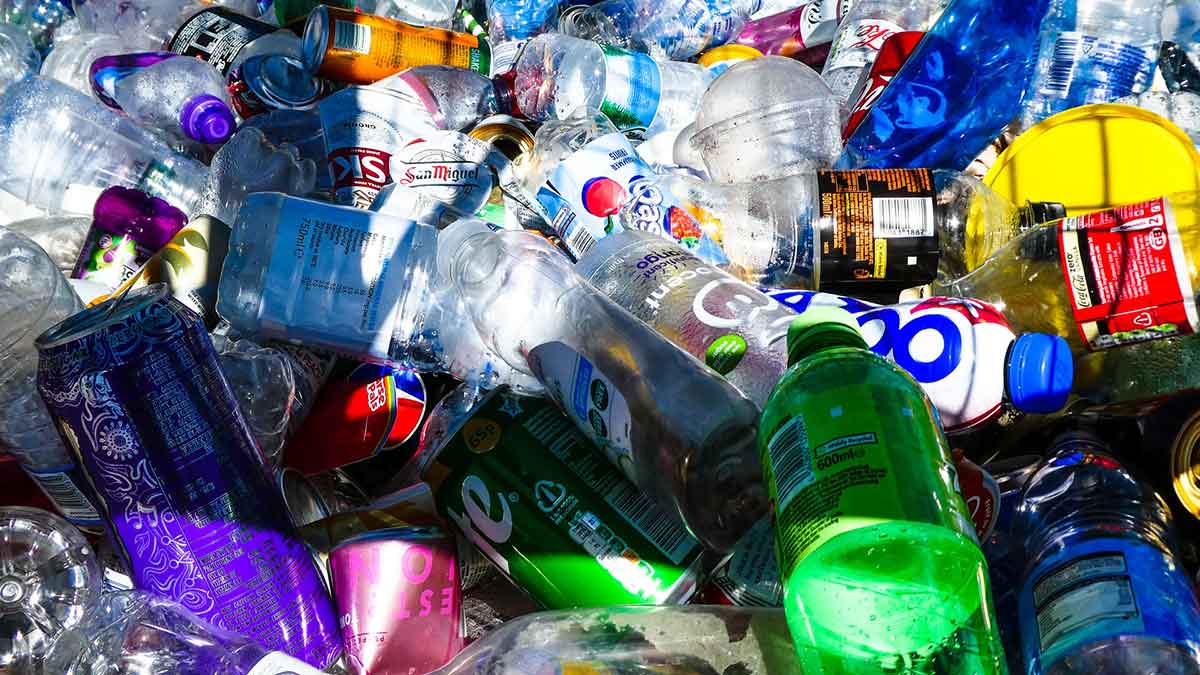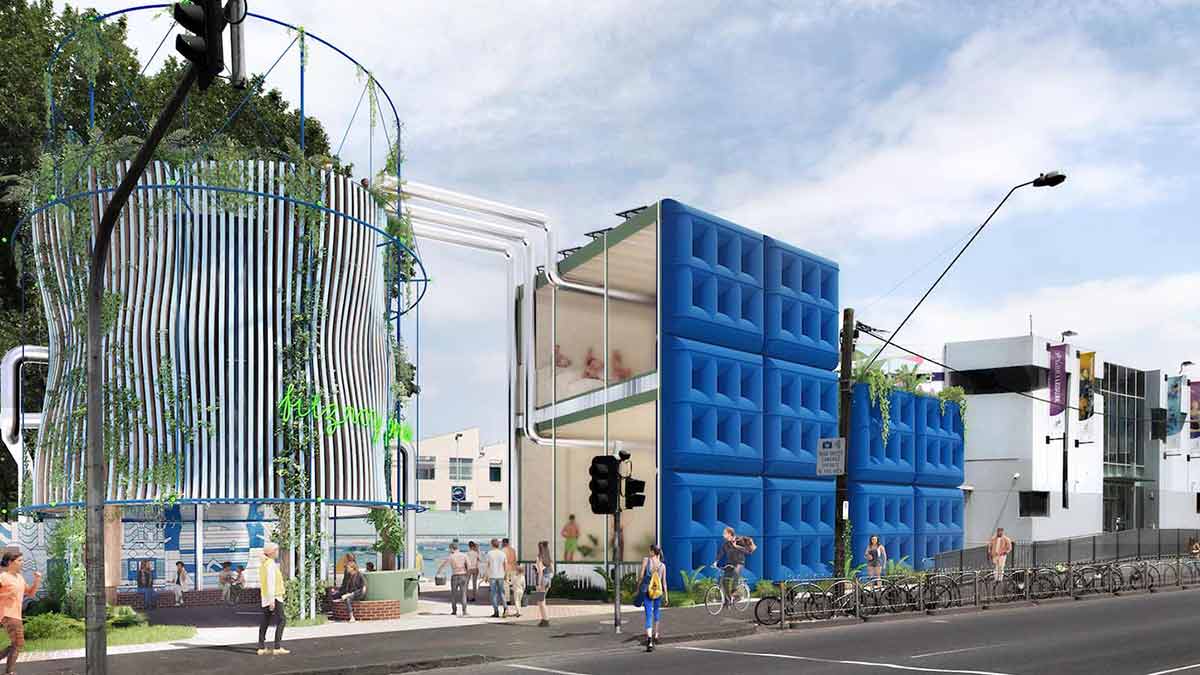Many once common single-use plastic items are now banned in Victoria. Here are sustainable, reusable alternative products to use instead.
Six projects to help transform Melbourne into a fully sustainable city

A group of engineers, architects and free thinkers are hatching a bold plan to transform Melbourne into the first fully self-reliant city in the world.
Imagine a Melbourne that runs entirely on renewable energy, a world-leading city that is water neutral and produces zero waste. This sustainable, utopian future is not only entirely achievable by 2030, it could also be profitable, says Ross Harding, of sustainability consultancy Finding Infinity, who is driving a bold plan to transform our city of five million into a net producer of resources rather than a net consumer.
Early last year Ross, who has a background in mechanical engineering, finance and ecologically sustainable design, invited 15 architects to his house for wine and a chat. His team had been crunching the numbers on what it would take to make Greater Melbourne, with its 31 municipalities and complicated layers of authorities, completely self-reliant by 2030. They identified 10 initiatives to make the transformation possible, including electrifying all transport, treating and reusing sewage and stormwater, and banning the sale of products destined for landfill.
Ross then asked the architects, who hail from firms such as Six Degrees, Fender Katsalidis, Hassell and John Wardle, to each choose an initiative and design a pilot program that would show people how it could actually be done. Why wait for governments to move when you can kickstart the process by working with the private sector today?
The 15 pilot projects, which Ross is confident will all be successfully completed, are detailed on the Normalise It website. The site also outlines how the $100 billion investment needed to transform Melbourne to a fully sustainable city could pay for itself in 10 years, generating about $14 billion in annual revenue, as well as creating 80,000 annual construction jobs and 40,000 ongoing operations jobs. All using technology that is already available.
“This … builds on case studies from cities around the world and proposes practical solutions to make better, healthier municipalities across Greater Melbourne while generating jobs and economic opportunities,” writes Melbourne Lord Mayor Sally Capp in her forward to the accompanying report, A New Normal. “In our recovery from the bushfires and COVID-19, we have an opportunity to reimagine and transform our city with a vision for the long term while solving our short-term challenges.”

Petrol stations could be repurposed as EV conversion centres.
The vision is ambitious. In just 10 years Melbourne would halve its fleet of 2.6 million cars and convert all transport to electricity, existing homes would be refitted to become energy efficient and all gas would be replaced with renewable electricity, 150 anaerobic digesters around greater Melbourne would turn food waste into energy, the Latrobe Valley would transition into an agriculture and solar-power hub, a new circular economy would reduce landfill to zero, and all sewer water would be treated and reused.
“We can follow the rest of the world and try and get there by 2050, and do it slowly. Or we can lead the world, and profit from the transition,” says Ross. “The longer we wait the more it’s going cost us.”
For now, the public will get a chance to engage with the concepts as part of Melbourne Design Week, via installations created by the collaborating architects on the top floor of 130 Little Collins Street, a building earmarked for demolition. A New Normal (26 March to 5 April) will feature soundscapes, canned recycled water, an indoor greenhouse, as well as a series of serious discussions and talks, but it is primarily meant to be intriguing and fun, says Ross. “We’re aiming for curiosity, rather than jamming it down people’s throats.”
The wider aim is to normalise ideas that have traditionally been considered environmental, green or too political. It’s to empathise with everyday Melburnians and show them that we’re all in this together, says Ross.
“I think it still seems like a far-fetched, radical, crazy idea for people – that you could have a city that has no negative impact on the environment, or actually has a positive impact on the environment. A city that operates on resources that will never run out. They seem like just completely crazy ideas. And it’s totally possible. It’s not only possible, it’s financially viable. It’s profitable. And it’s also entirely inevitable.”
You can see details of all 15 A New Normal pilot projects and read the report at normalise.it. Here are six projects that particularly caught our eye.

A "retrospective art gallery" would draw attention to our unhealthy landfill habit. Image: Unsplash.
Six projects to help transform Melbourne into a fully sustainable city

Architects from Wowowa propose installing an anaerobic digester at Fitzroy Swimming Pool to heat the water and power a nearby park barbecue.


